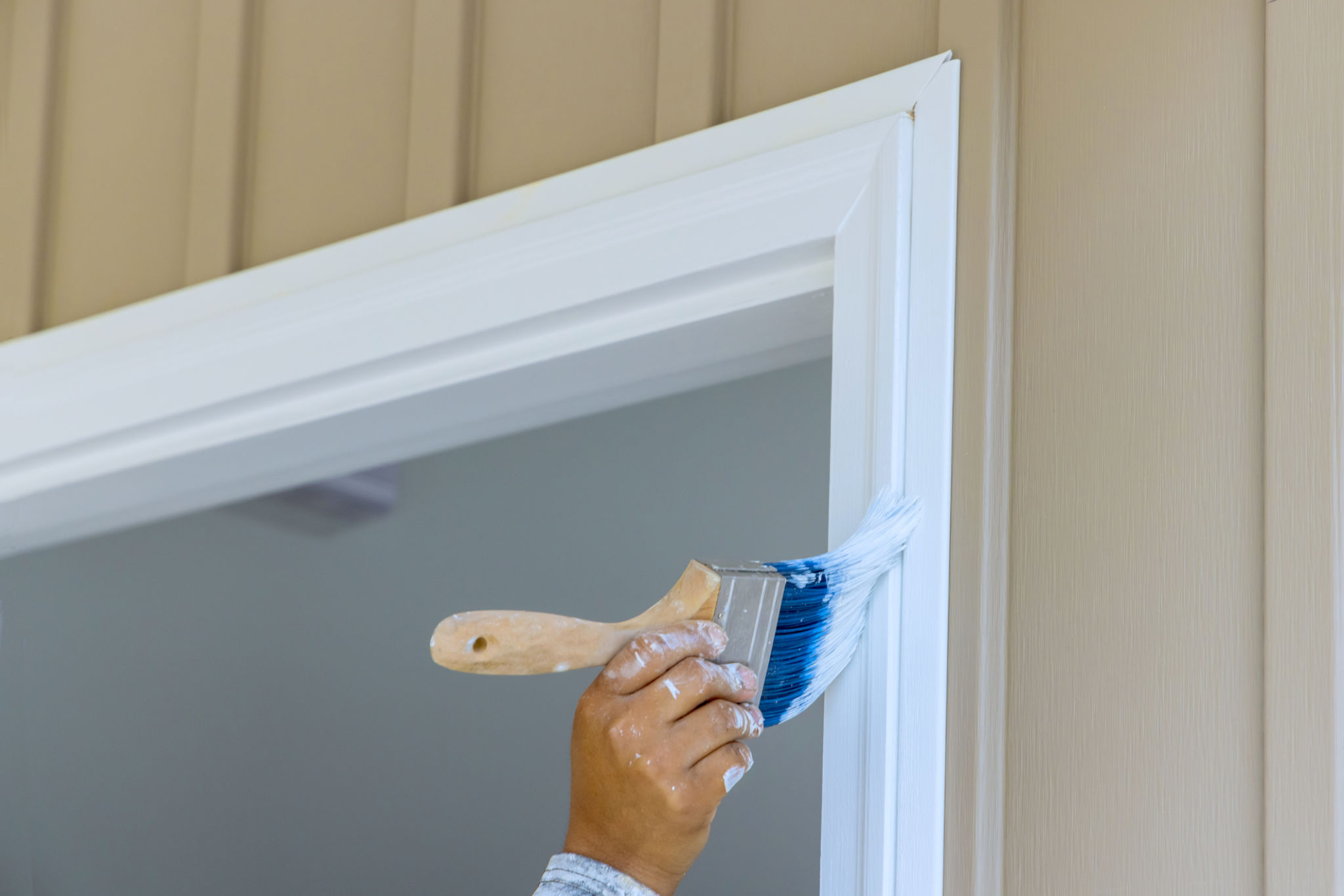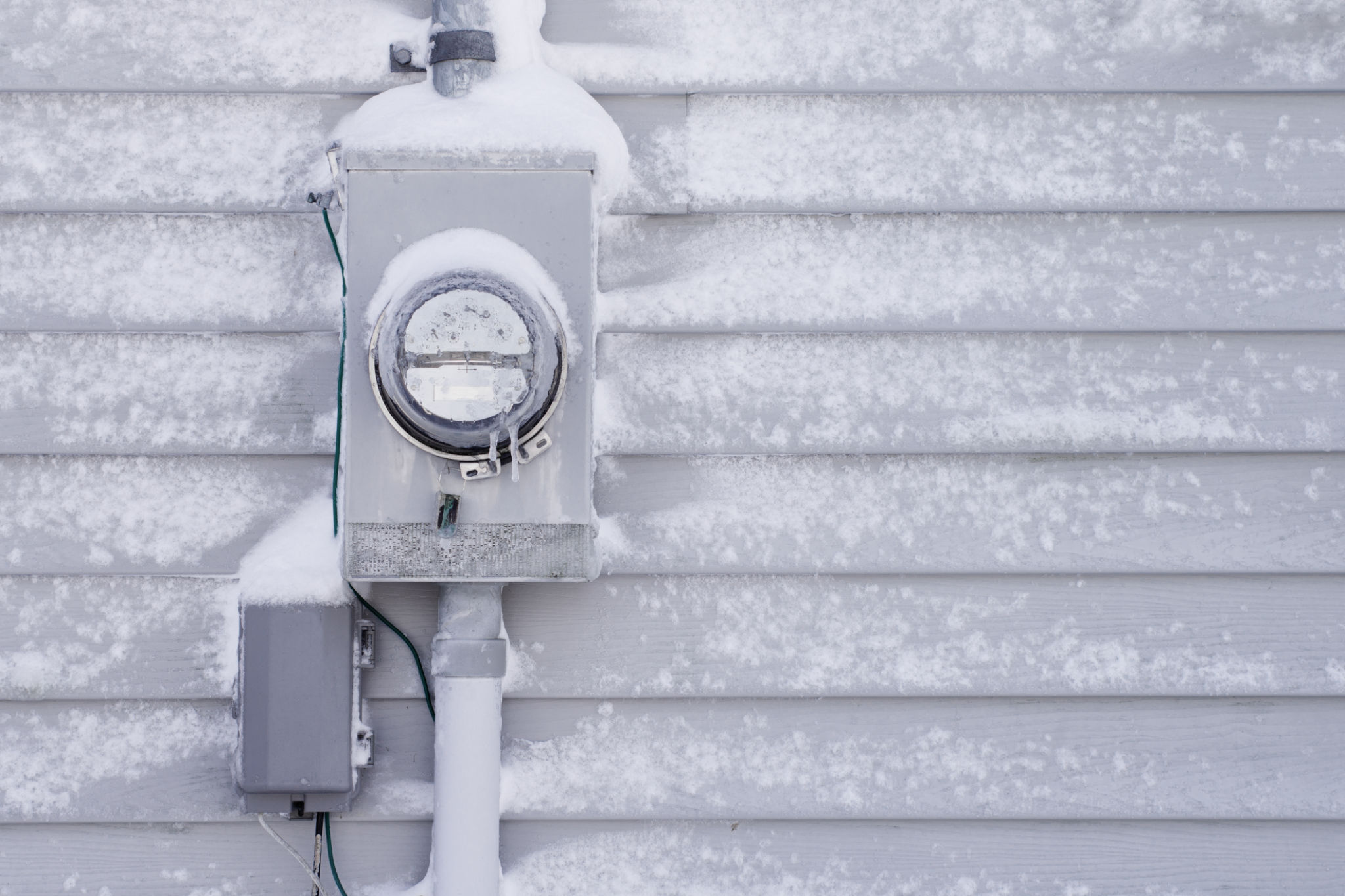Seasonal Painting Tips: How to Protect Your Home's Exterior from Colorado Winters
Understanding the Challenges of Colorado Winters
Colorado winters are known for their harsh and unpredictable weather conditions. With temperatures often plummeting below freezing and frequent snowfalls, it's crucial to prepare your home's exterior for the winter season. The combination of cold, moisture, and wind can wreak havoc on your paint job if not properly managed. By taking the right precautions, you can ensure that your home remains protected and aesthetically pleasing throughout the winter months.

Choosing the Right Paint for Cold Weather
One of the most important steps in preparing your home for winter is selecting the right type of paint. Not all paints are suitable for cold weather application, and using the wrong type can lead to peeling, cracking, and other issues. Look for paints specifically formulated for low temperatures; these are often labeled as "cold weather" or "winter grade" paints. They contain additives that allow them to cure properly even when temperatures drop.
Consider Paint Durability and Flexibility
In addition to temperature considerations, it's essential to choose a paint that offers high durability and flexibility. This ensures that the paint can withstand temperature fluctuations and the physical stresses of snow and ice. Acrylic latex paints are a popular choice due to their excellent flexibility and resistance to cracking.

Preparation is Key
Before you begin painting, it's critical to prepare your home's exterior surfaces properly. Start by cleaning the surfaces to remove dirt, grime, and any loose or peeling paint. Pressure washing is an effective method, but make sure to allow ample drying time before applying new paint. Address any repairs needed, such as filling cracks or replacing damaged siding, to ensure a smooth and durable finish.
Prime for Success
Applying a high-quality primer is a crucial step in preparing your home for painting. Primers help create a better bond between the surface and the paint, enhancing adhesion and longevity. Choose a primer that is compatible with your paint choice and suitable for cold weather application.

Timing Your Painting Project
Timing is everything when it comes to painting in cold weather. Aim to start your project during a period when temperatures are expected to be above freezing during the day, as this will allow the paint to cure properly. Pay attention to the weather forecast and avoid painting on days with high humidity or impending snow.
Monitor Temperature Fluctuations
Temperature fluctuations can impact how well the paint adheres to surfaces. During winter, it's not uncommon to experience significant day-to-night temperature shifts. Plan your painting schedule to take advantage of warmer daytime temperatures, and ensure that each coat has sufficient time to dry before temperatures drop at night.

Sealing and Insulating for Added Protection
Beyond painting, sealing and insulating your home's exterior can provide additional protection against Colorado's winter weather. Use high-quality caulking to seal gaps around windows, doors, and other openings to prevent moisture intrusion. Consider adding extra insulation in key areas to help conserve energy and maintain a consistent indoor temperature.
By following these seasonal painting tips, you can safeguard your home's exterior from the challenges of Colorado winters. Proper preparation, choosing the right materials, and timing your project correctly will ensure that your home remains beautiful and well-protected throughout the cold months.
